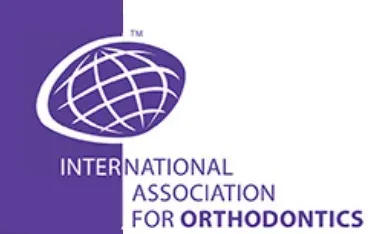August’s Tip

The Utility Arch, Part II
By Dr. Adrian J. Palencar, MUDr, MAGD, IBO, FADI, FPFA, FICD
August 2023
There is a variety of Utility Arches, and they are classified by their function:
A. Utility Arches without activation in sagittal plane:
- Passive (neutral)
- Protrusive
- Retrusive
B. Utility Arches activated in sagittal plane (tip back, tip forward):
- Intrusive – protrusive
- Intrusive – retrusive
- Extrusive – retrusive
- Extrusive – protrusive
The Utility Arch comprises of; anterior step, posterior step, labial segment, buccal segment. The author prefers 3.0 mm high steps. It is also paramount to fabricate the labial segment parallel to the incisal arc (smile arc), providing that it is in correct position.
Utility Arches without activation in the sagittal plane:
1. Passive (neutral) serves as a space maintainer in the late mixed dentition. It is important to anneal and bend back the arch wire distally to the molar tubes.

2. Protrusive creates labial moment (proclines, flares} the incisors (i.e., Class II, division 2). The easiest way to fabricate it, is by converting the passive Utility Arch – bending the posterior steps (or anterior steps too if required), to a more obtuse angle (45°) thus, gaining the length.

3. Retrusive creates lingual moment (retroclines, de-torques) the incisors (i.e., Class II, ivision 1). The easiest way to fabricate it, is by converting the passive Utility Arch – bending the posterior and anterior steps to letter “Z”, thus reducing the length. This configuration resembles Ricketts “Z” sectional arch. This Retrusive Utility Arch is activated only 1.0 mm per month, bilaterally, by pulling the arch wire distally with a crisp bend-back (cinch). It is beneficial to have the ends of the arch wire annealed for the ease of titration and bending.
It is paramount to have spaces to de-torque to; either diastema, spaced dentition or creation of spaces with IPR (slenderizing).

References:
- Rondeau Seminars, Level I, Session 3; 136 – 161
- Journal of Clinical Orthodontics, Volume LVI, Number 12; 716 – 724
- Palencar A. J., Case Finishing and Mechanics, 152 – 156
- Palencar A. J. Personal PP presentations
HABLA ESPAÑOL
PARLE FRANÇAIS
